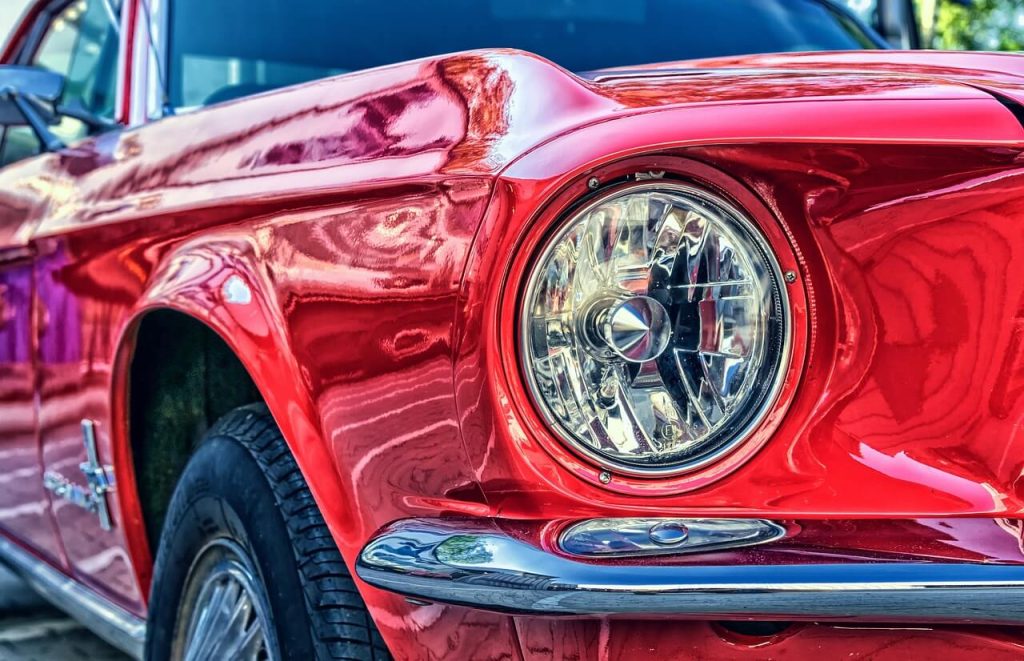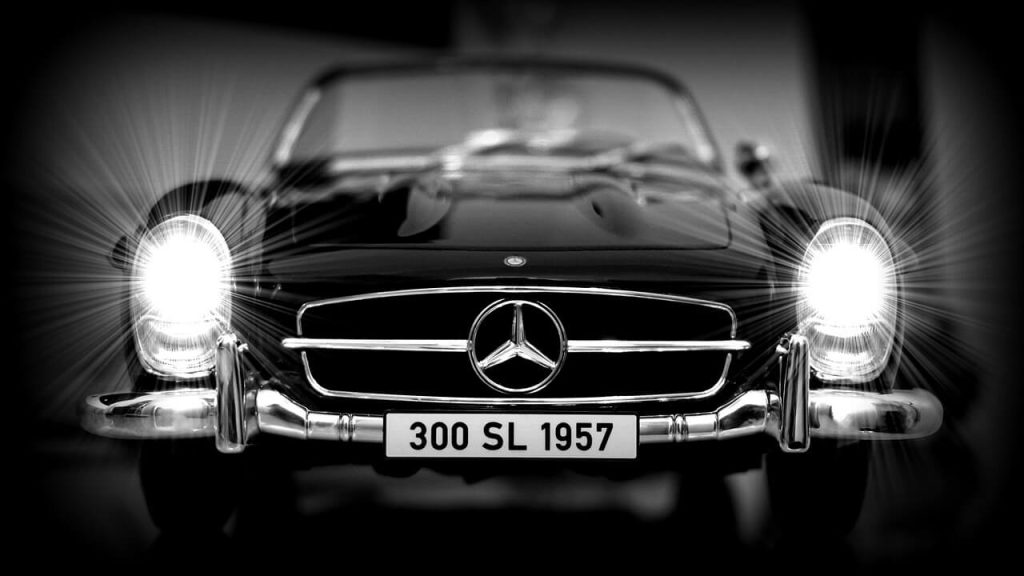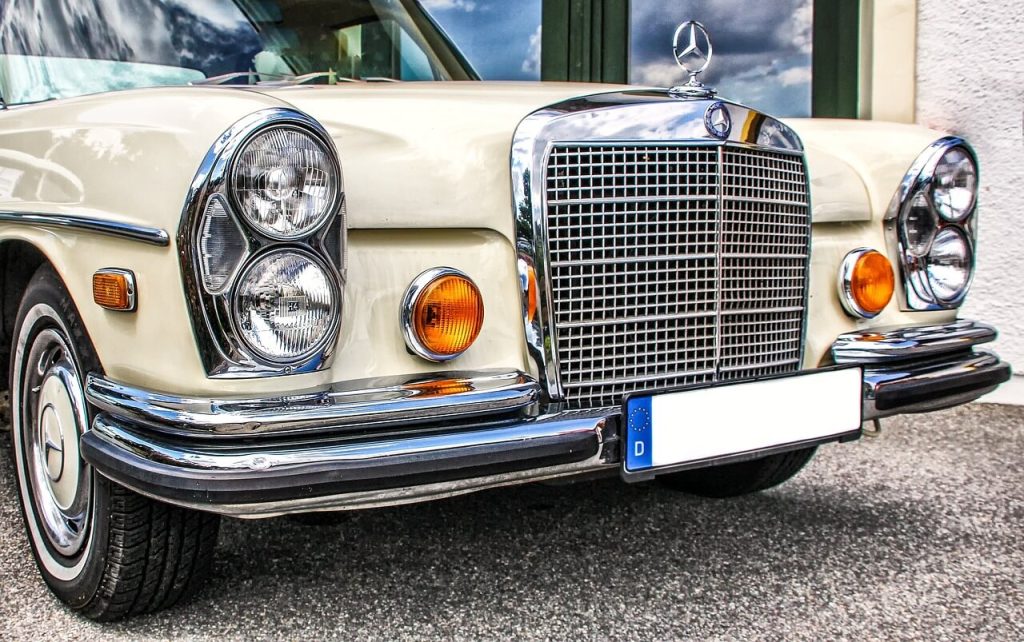Last Updated on July 29, 2023 by Mark S. Taylor
In today’s fast-paced world, where our schedules often extend into the evening hours, having reliable headlights for night driving is crucial. When the sun sets and visibility decreases, having headlights that provide optimal brightness and clarity becomes a necessity. This article will guide you through the process of choosing the best headlights for night driving, taking into account factors such as brightness, color temperature, beam pattern, energy efficiency, and durability.

Contents
Importance of Good Headlights for Night Driving
Driving at night presents various challenges due to reduced visibility. Good headlights are essential for ensuring your safety on the road and the safety of others. They allow you to see potential hazards, road signs, and pedestrians, while also making your vehicle more visible to other drivers. Investing in headlights that provide sufficient illumination can significantly enhance your night driving experience.
Factors to Consider when Choosing Headlights for Night Driving
Brightness and Range
The brightness of headlights, often measured in lumens, plays a vital role in illuminating the road ahead. Opt for headlights that offer a sufficient range to help you identify obstacles in advance and react promptly. High-quality headlights with powerful beams can provide a greater range, ensuring better visibility during nighttime journeys.
Light Color Temperature
The color temperature of headlights affects visibility and driver comfort. Headlights with a higher color temperature emit a cooler, bluish light, while lower color temperatures result in warmer, yellowish light. It is recommended to choose headlights with a color temperature around 5000K to 6000K, as this range provides a balance between visibility and comfort, reducing eye strain.
Beam Pattern
A well-designed beam pattern is crucial for optimal lighting on the road. The ideal headlight should have a focused and even beam, illuminating the area directly in front of the vehicle without causing excessive glare for oncoming drivers. Look for headlights that offer a clear cutoff line to prevent blinding other drivers while maximizing your own visibility.
Energy Efficiency
Energy-efficient headlights not only reduce the strain on your vehicle’s electrical system but also extend the lifespan of your battery. LED headlights are known for their energy efficiency, making them a popular choice for night driving. These headlights consume less power while providing ample brightness, making them an environmentally friendly and cost-effective option.
Durability and Longevity
Headlights are exposed to various environmental factors, including weather conditions and debris on the road. Opt for headlights that are durable and can withstand these challenges. LED and HID headlights are known for their longevity, outperforming traditional halogen headlights in terms of lifespan and resistance to vibrations.
Read More: Choosing the Best Kinetic Recovery Rope for Your Automobile

Types of Headlights Suitable for Night Driving
Halogen Headlights
Halogen headlights are the most common and affordable type of headlights. While they provide decent visibility, they are less bright compared to newer technologies. They have a yellowish hue and a shorter lifespan compared to LED or HID headlights. However, they are a suitable option for those on a tight budget.
LED Headlights
LED headlights have gained popularity due to their brightness, energy efficiency, and long lifespan. They produce a crisp white light that closely resembles natural daylight, resulting in better visibility. LED headlights are known for their instant illumination and are often compatible with modern vehicles’ electrical systems.
HID Headlights
High-Intensity Discharge (HID) headlights produce light by passing an electric current through a xenon gas-filled bulb. They offer greater brightness and a wider range compared to halogen headlights. HID headlights have a bluish-white hue and provide a modern look to your vehicle. However, they are generally more expensive and require a brief warm-up period when turned on.
Laser Headlights
Laser headlights represent the latest advancement in headlight technology. They use laser diodes to produce an incredibly bright and focused beam. Laser headlights offer outstanding visibility and a long lifespan. However, they are currently available in limited vehicle models and come with a higher price tag.
Comparison of Different Headlight Types for Night Driving
When choosing headlights for night driving, it’s essential to compare different types based on various factors.
Brightness and Visibility
LED and HID headlights generally outshine halogen headlights in terms of brightness and visibility. They provide a more focused and intense beam, allowing you to see further ahead and detect potential hazards earlier. Laser headlights, being the newest technology, offer the highest brightness and visibility, surpassing other options available on the market.
Color Temperature and Glare
Halogen headlights emit a warm, yellowish light, while LED, HID, and laser headlights produce a cooler, whiter light. LED headlights strike a balance between visibility and reducing glare for oncoming drivers. HID and laser headlights, although brighter, can sometimes cause more glare if not properly adjusted or equipped with glare-reducing technology.
Lifespan and Maintenance
LED and HID headlights generally have longer lifespans compared to halogen headlights. While halogen bulbs typically last around 500 to 1,000 hours, LED headlights can last up to 30,000 hours, and HID headlights can reach up to 5,000 hours. Moreover, LED and HID headlights require less maintenance and are less prone to filament breakage compared to halogen bulbs.
Cost-effectiveness
Halogen headlights are the most cost-effective option initially, but their shorter lifespan and higher energy consumption may lead to higher long-term costs. LED headlights, despite being more expensive upfront, save energy and require fewer replacements, making them a more cost-effective choice in the long run. HID and laser headlights are generally more expensive upfront but offer superior performance and longevity.

Installation and Maintenance Tips for Headlights
Proper installation and maintenance can significantly enhance the performance and lifespan of your headlights.
Proper Alignment
Ensure that your headlights are properly aligned to maximize their effectiveness. Misaligned headlights can reduce visibility and cause glare for other drivers. If you are unsure about the alignment, consult a professional or refer to your vehicle’s manual for guidance.
Regular Cleaning and Inspection
Regularly clean your headlights to remove dirt, grime, and oxidation that can diminish their brightness. Use a gentle cleaner and a microfiber cloth to avoid scratching the surface. Additionally, inspect your headlights for any signs of damage or condensation, as these can affect their performance.
Replacement Guidelines
If your headlights are significantly dimmed or damaged, it’s time to replace them. Follow the guidelines provided by your vehicle’s manufacturer to ensure compatibility and proper installation. Consider upgrading to LED or HID headlights for improved visibility and longevity.
Additional Safety Measures for Night Driving
In addition to having good headlights, there are other safety measures you should follow for a safer night driving experience.
Adjusting Your Driving Habits
Adapting your driving habits to nighttime conditions is crucial. Reduce your speed, increase your following distance, and remain alert to potential hazards. Avoid distractions, such as using your phone, and be cautious of drowsiness, which can impair your reaction time.
Using High Beams Appropriately
High beams can significantly improve visibility, but they should be used judiciously. Switch to low beams when approaching oncoming traffic or driving behind another vehicle to avoid blinding other drivers. Remember to switch back to high beams when there are no other vehicles nearby.
Keeping Windshields and Mirrors Clean
Clean windshields and mirrors are essential for clear visibility at night. Remove any streaks, smudges, or dirt that can obstruct your view. Regularly clean your windshield wipers and replace them if they are worn out.
FAQs
Q. Can I replace my existing headlights with brighter ones for night driving?
Yes, you can upgrade your headlights to brighter options such as LED or HID headlights. However, ensure that they are compatible with your vehicle’s electrical system and follow the manufacturer’s guidelines for installation.
Q. Are LED headlights better than halogen headlights for night driving?
Yes, LED headlights offer better brightness, energy efficiency, and longevity compared to halogen headlights. They provide improved visibility and are a popular choice for night driving.
Q. How long do HID headlights usually last?
HID headlights can last up to 5,000 hours, which is significantly longer than halogen headlights. Their lifespan may vary depending on usage and environmental conditions.
Q. Can I install aftermarket headlights on my vehicle?
Yes, you can install aftermarket headlights on your vehicle. However, ensure that they meet safety standards, are compatible with your vehicle, and comply with local regulations.
Q. What should I do if my headlights start to dim over time?
Dimming headlights may indicate a need for replacement. Check the bulbs, wiring, and electrical connections for any issues. Consider upgrading to LED or HID headlights for improved brightness and longevity.
Conclusion
Having the best headlights for night driving is crucial for your safety and the safety of others on the road. Consider factors such as brightness, color temperature, beam pattern, energy efficiency, and durability when choosing headlights. LED and HID headlights are popular choices due to their brightness, longevity, and energy efficiency. Proper installation, maintenance, and adherence to safety measures can enhance your night driving experience and minimize risks on the road.
